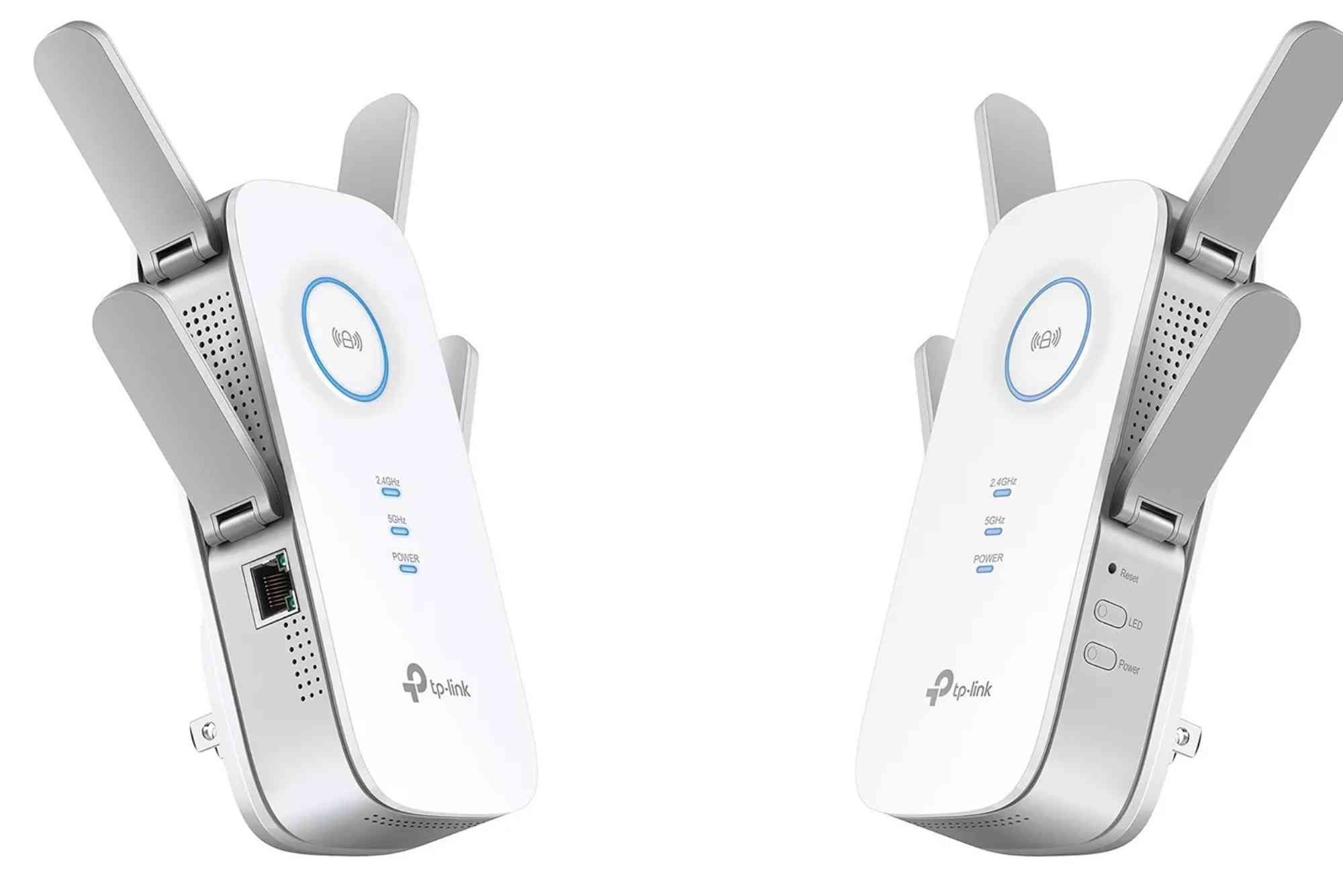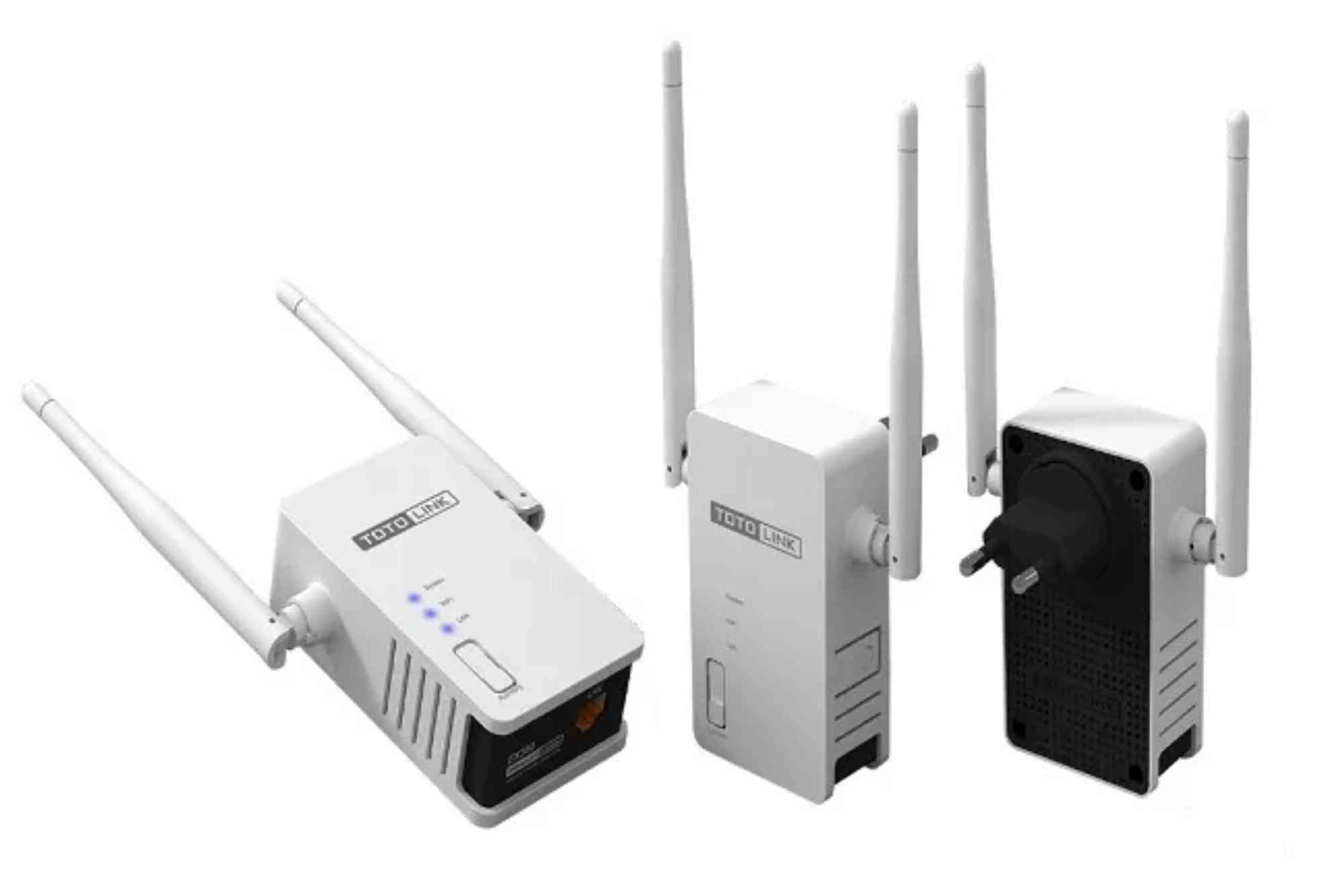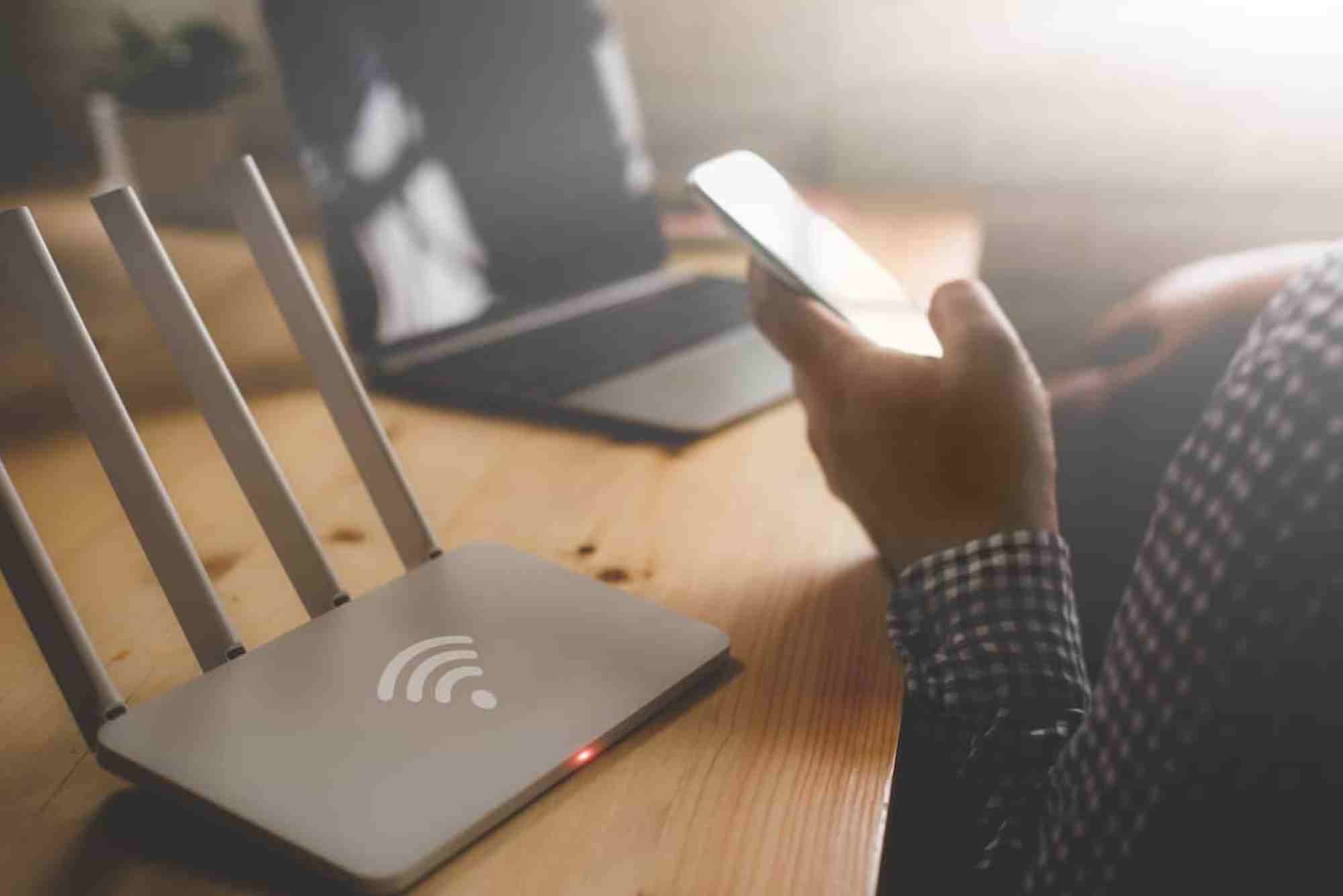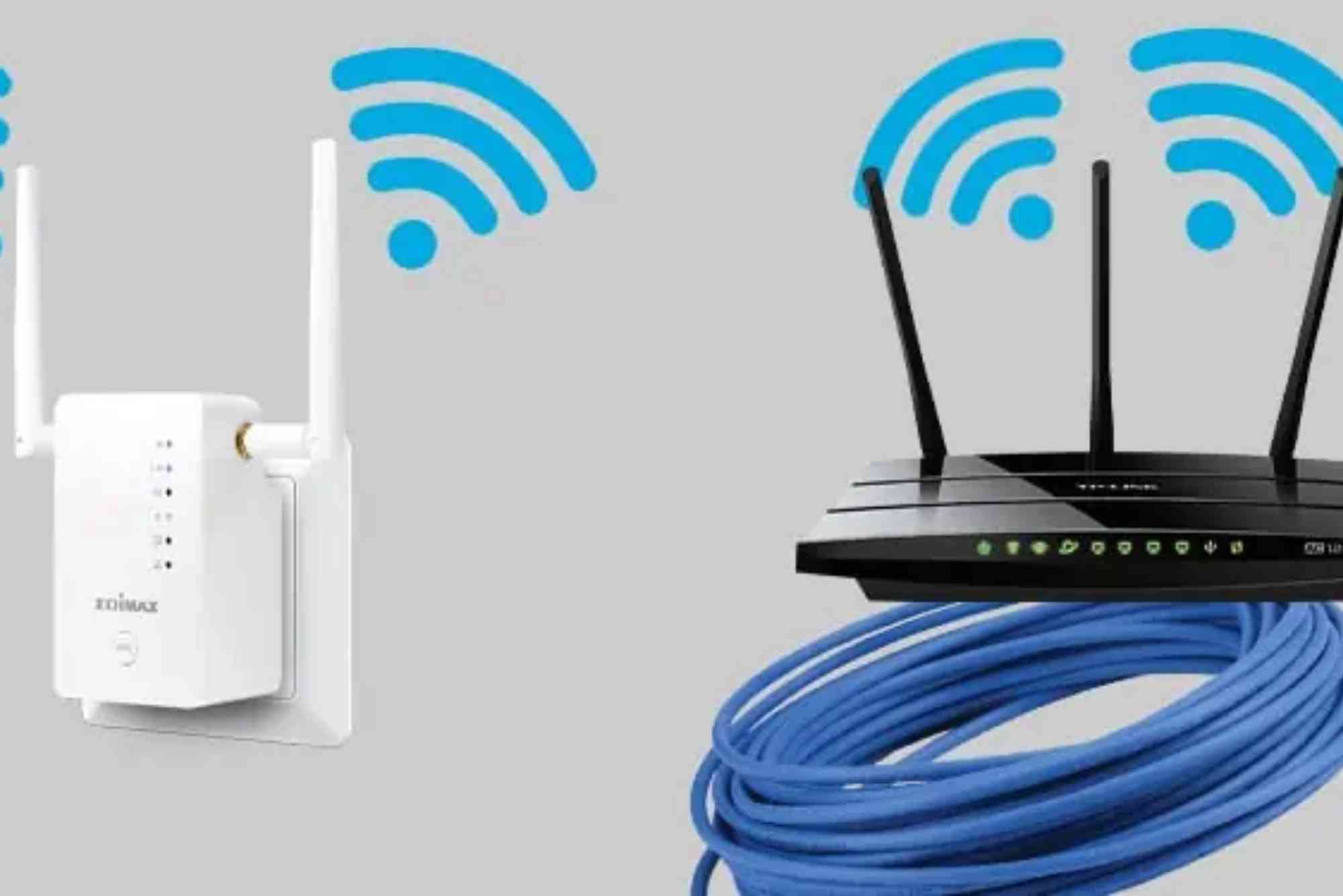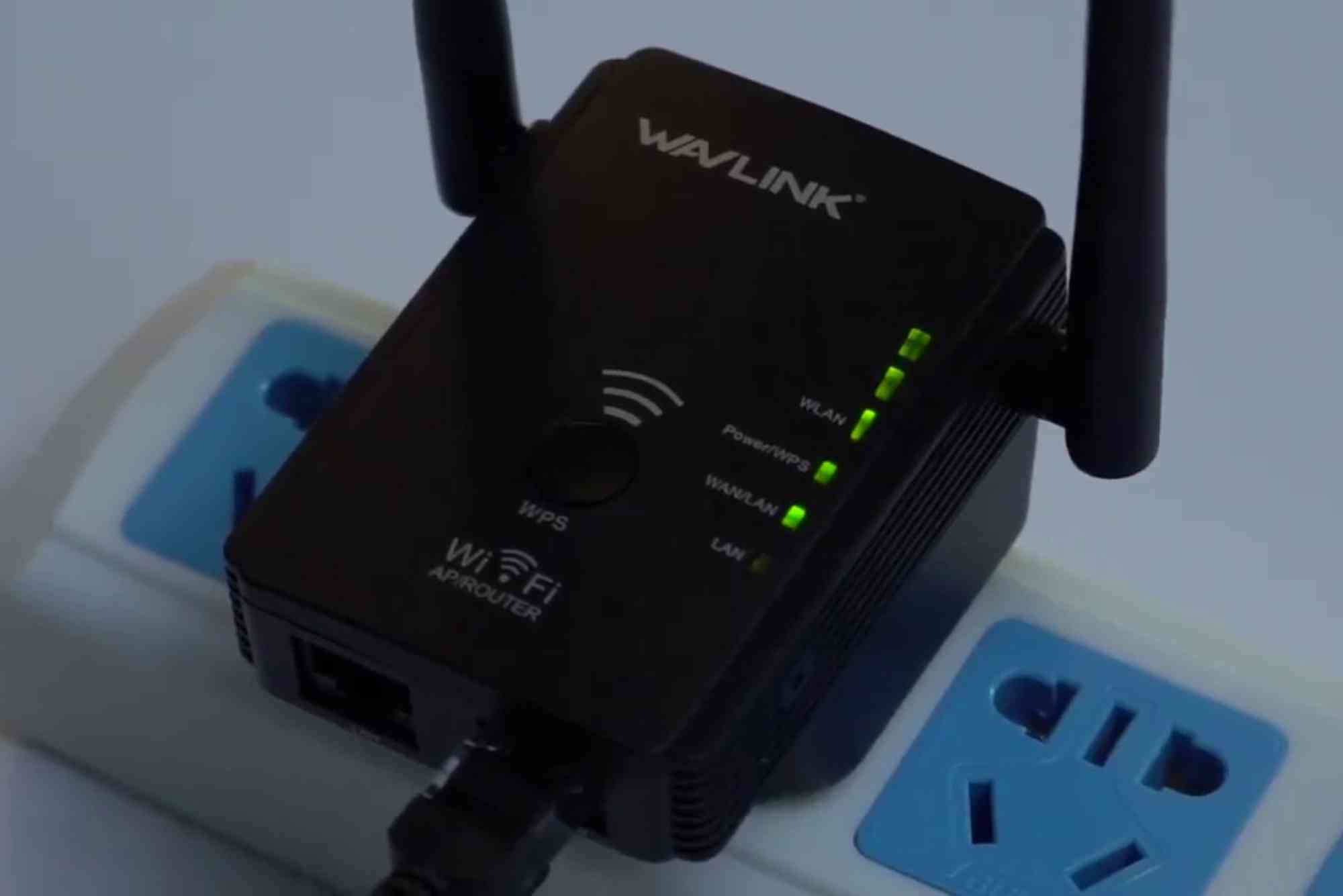Introduction
If you use Wi-Fi at home or in your office, you’ve probably noticed a default network name like “TP-Link1234” or “Netgear5678.” This name is called the SSID (Service Set Identifier), and it’s what shows up when your devices search for available Wi-Fi networks. Leaving it unchanged not only makes your network look generic but can also pose security risks. That’s why many people search for how to change router SSID name—to create a personalized, secure, and easy-to-identify network.
Changing your SSID is a simple but powerful way to customize your Wi-Fi. Whether you want something fun, unique, or professional, updating the SSID ensures your network stands out and makes connection easier for family, employees, or guests. In this guide, you’ll learn step-by-step how to change your SSID on different routers, why it matters, and how to make the most of your Wi-Fi identity.
What Is an SSID and Why Should You Change It?
An SSID, short for Service Set Identifier, is the name assigned to your wireless network. Devices use this name to identify your Wi-Fi when searching for available connections.
Many routers come with a default SSID, usually based on the brand or model. While functional, these default names can create confusion, especially if several people in the same area use the same router brand.
Changing your SSID name is important for several reasons:
-
Personalization: A custom SSID reflects your personality or business identity.
-
Ease of recognition: You can instantly identify your network among many in your neighborhood.
-
Security: Leaving the default name could signal to hackers that you haven’t changed the router’s default settings.
-
Professionalism: In offices or businesses, a custom SSID looks more trustworthy to clients and customers.
So, knowing how to change router SSID name can improve both your network’s usability and its safety.
How to Change Router SSID Name: Step-by-Step
Changing your Wi-Fi name is easier than it sounds. Although the exact steps vary depending on your router brand, the general process remains the same.
Connect to Your Router
Make sure your device (laptop, PC, or phone) is connected to the router you want to rename. You can connect via Wi-Fi or using an Ethernet cable for a more stable connection.
Open Your Router’s Admin Panel
-
Open a browser like Chrome, Edge, or Firefox.
-
In the address bar, type your router’s default IP address. Common ones include:
-
192.168.1.1
-
192.168.0.1
-
192.168.100.1
-
Press Enter. You’ll be prompted to log in.
Log In with Admin Credentials
Enter the router’s default username and password. These are usually printed on the router’s back or in its manual. If you’ve changed the login details before, use your updated credentials.
Find the Wireless or Wi-Fi Settings
Once inside, look for a tab or section called “Wireless,” “Wi-Fi,” or “Network Settings.” The exact label depends on your router brand.
Change the SSID
In the wireless settings, you’ll find a box labeled “SSID” or “Network Name.” Delete the existing default name and type in your new, customized SSID. Make sure it’s something you can easily remember but still unique.
Save and Restart
After entering your new SSID, click “Save” or “Apply.” Your router may restart automatically. Once it reboots, your network will appear with its new name.
Reconnect Devices
Since the SSID has changed, all your devices will need to reconnect manually. Select the new SSID from the Wi-Fi list and enter your password.
Tips for Choosing the Best SSID Name
When deciding how to change router SSID name, it’s not just about the process—it’s also about creativity and practicality. Here are some things to consider when picking your new network name:
-
Keep it unique: Avoid generic names like “HomeWiFi” or “OfficeNetwork.”
-
Stay professional (for businesses): Use your company name or service. For example, cafes often use names like “CoffeeHouse WiFi.”
-
Add humor if you like: Some people choose funny names such as “No Free Internet” or “FBI Surveillance Van.”
-
Avoid personal info: Don’t include your address, phone number, or real name.
-
Make it memorable: Choose something easy for family, guests, or employees to recall.
A personalized SSID helps your network stand out and makes everyday usage more convenient.
Why Changing Your SSID Improves Security
Many people underestimate the security aspect of customizing their SSID. While changing the SSID alone won’t make your network hacker-proof, it does add a layer of privacy.
-
Default names reveal router models: Hackers can exploit known vulnerabilities in specific routers if they know the model from the SSID.
-
It discourages casual snooping: A unique SSID signals that you’ve at least taken steps to secure your network.
-
Combined with a strong password: Changing the SSID plus using WPA2/WPA3 encryption makes your network far more secure.
If you’re unsure about advanced networking settings, providers like Dhanote Internet Services can help you configure your Wi-Fi properly, ensuring safety and reliability.
Common Issues When Changing SSID and How to Fix Them
Even though the process is straightforward, some users run into problems while learning how to change router SSID name. Here are common issues and solutions:
Problem: Can’t Access Router Login Page
-
Solution: Double-check your IP address. Run
ipconfig(Windows) orifconfig(Mac/Linux) to find the correct gateway address.
Problem: Forgot Admin Password
-
Solution: Reset your router to factory settings using the reset button. Then use the default credentials printed on the router.
Problem: Devices Not Connecting to New SSID
-
Solution: Forget the old network on your device and reconnect using the new SSID and password.
Problem: Router Doesn’t Save Settings
-
Solution: Update your router firmware. Sometimes outdated firmware prevents changes from applying.
FAQs
What happens if I change my router SSID?
When you change your router SSID, your Wi-Fi will appear under the new name. All devices must reconnect manually.
Do I need to change my SSID regularly?
It’s not necessary to change it often, but updating it every few months can improve security and organization.
Can two routers have the same SSID?
Yes, but it can confuse devices when both signals overlap. It’s better to use unique SSIDs to avoid connectivity issues.
Is changing SSID the same as changing Wi-Fi password?
No. SSID is just the network name. For full security, you should also set a strong password separately.
Can I hide my SSID instead of changing it?
Yes, most routers allow SSID hiding. However, this can sometimes make connecting devices harder without adding much security.
Learning how to change router SSID name is one of the simplest ways to personalize your network while boosting security. With just a few clicks, you can transform a boring default name into something unique, fun, or professional. Whether you want to keep your home network easily identifiable or give your business Wi-Fi a polished look, changing the SSID is a quick fix with lasting benefits.

